Home>Gardening & Outdoor>Landscaping Ideas>How To Add Grass Seed To Lawn
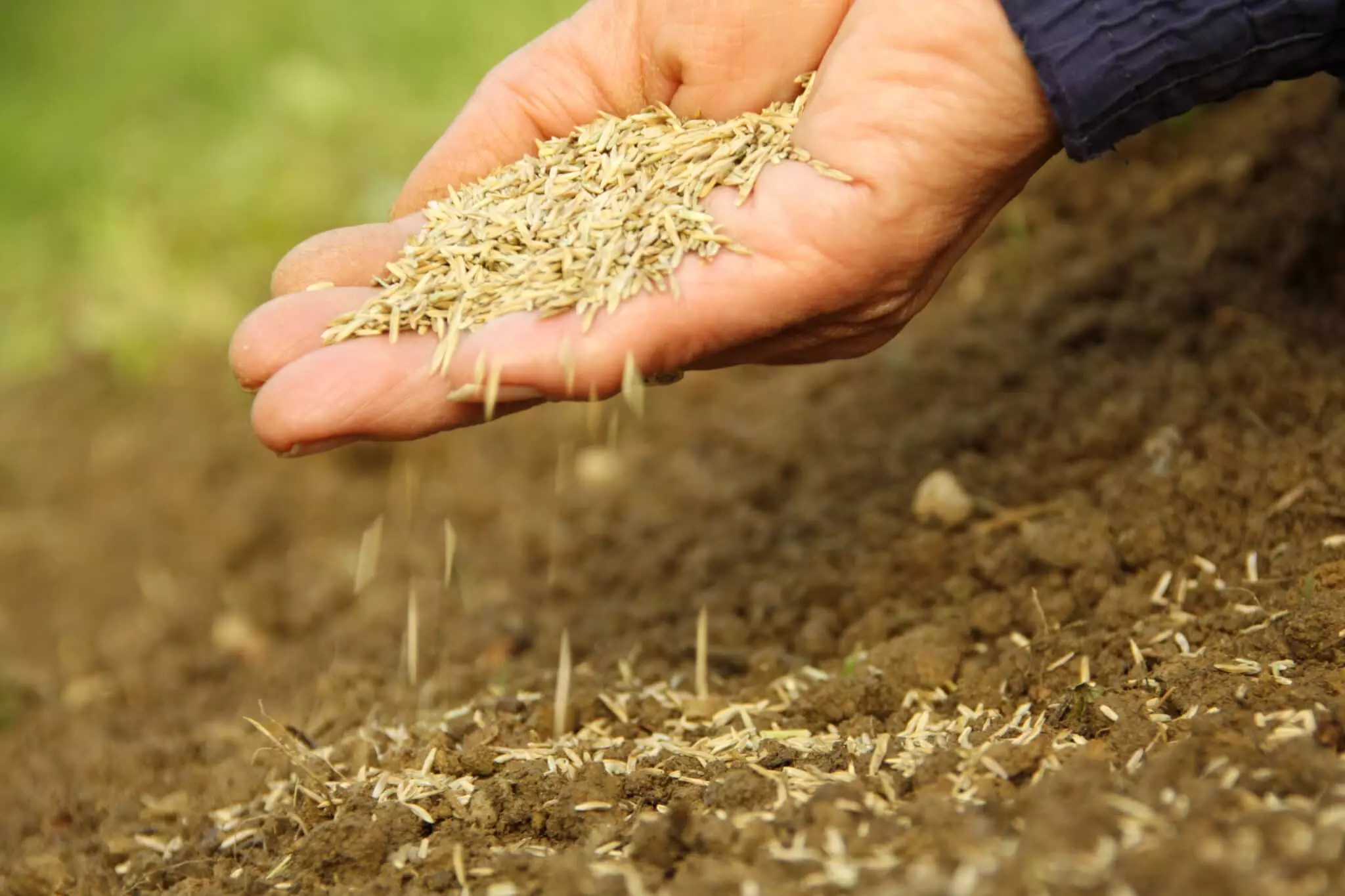

Landscaping Ideas
How To Add Grass Seed To Lawn
Modified: February 18, 2024
Learn the best landscaping ideas for adding grass seed to your lawn. Discover expert tips and techniques for achieving a lush, green yard.
(Many of the links in this article redirect to a specific reviewed product. Your purchase of these products through affiliate links helps to generate commission for Storables.com, at no extra cost. Learn more)
Introduction
Welcome to the world of lawn care, where the beauty of your outdoor space is limited only by your imagination and effort. Adding grass seed to your lawn is a wonderful way to rejuvenate its appearance, increase its lushness, and create a welcoming atmosphere for outdoor activities. Whether you’re a seasoned gardener or a novice enthusiast, this comprehensive guide will walk you through the process of adding grass seed to your lawn, ensuring that your efforts yield a vibrant and healthy expanse of greenery.
Transforming your lawn with new grass seed can be a gratifying experience that not only enhances the aesthetic appeal of your property but also contributes to the overall health of your outdoor environment. As you embark on this journey, you’ll discover the rewarding nature of nurturing new life and witnessing the gradual transformation of your lawn into a vibrant, thriving landscape.
By following the steps outlined in this guide, you’ll gain valuable insights into assessing your lawn’s needs, selecting the most suitable grass seed, preparing the ground for optimal growth, and caring for the newly seeded lawn. Whether you’re aiming to repair patches, thicken thinning areas, or completely renovate your lawn, this article will equip you with the knowledge and confidence to achieve your desired results.
So, roll up your sleeves, grab your gardening tools, and let’s dive into the wonderful world of adding grass seed to your lawn!
Key Takeaways:
- Assess your lawn’s health, soil, and sunlight exposure before adding grass seed. This helps you choose the right seed and create an optimal environment for lush, vibrant growth.
- Care for newly seeded lawn by keeping it moist, protecting it from foot traffic, and monitoring for weeds. This ensures healthy, resilient grass for a beautiful outdoor space.
Read more: How To Add Grass Seed To Existing Lawn
Assessing Your Lawn
Before embarking on the journey of adding grass seed to your lawn, it’s crucial to assess the current state of your outdoor space. By carefully evaluating the existing grass, soil condition, and environmental factors, you’ll be better equipped to determine the specific needs of your lawn and make informed decisions regarding the type of grass seed to use.
Begin by observing the overall health of your lawn. Take note of any bare patches, areas of thinning grass, or signs of wear and tear. These observations will guide you in identifying the areas that require attention and help you understand the underlying reasons for the grass’s condition.
Next, assess the soil quality. Is it compacted, sandy, or clay-like? Understanding the composition of your soil will influence the choice of grass seed and the preparation required to create an optimal growing environment. Consider conducting a soil test to determine the pH level and nutrient content, as this information will be invaluable in selecting the right grass seed and formulating a suitable fertilization plan.
Furthermore, evaluate the sunlight exposure and drainage patterns in your lawn. Note the areas that receive ample sunlight throughout the day and those that are shaded by trees, structures, or other obstacles. Additionally, observe how water drains across the lawn, identifying any areas prone to waterlogging or poor drainage. These factors will help you choose grass seed varieties that thrive in specific light conditions and adapt to varying moisture levels.
By thoroughly assessing your lawn and understanding its unique characteristics, you’ll be able to tailor your approach to adding grass seed, ensuring that the chosen seed varieties are well-suited to the environment and capable of flourishing in their designated locations.
Choosing the Right Grass Seed
When it comes to selecting the right grass seed for your lawn, the choices may seem overwhelming at first. However, by considering key factors such as climate, soil type, sunlight exposure, and intended use of the lawn, you can narrow down the options and make an informed decision that will contribute to the long-term health and beauty of your outdoor space.
One of the primary considerations in choosing grass seed is the climate in which you reside. Different grass species thrive in specific climate zones, so it’s essential to select varieties that are well-suited to the local climate. For cooler regions, cool-season grasses such as Kentucky bluegrass, fescue, and ryegrass are ideal choices, while warm-season grasses like Bermuda grass, Zoysia grass, and St. Augustine grass thrive in warmer climates.
Soil type also plays a significant role in determining the most suitable grass seed for your lawn. Whether your soil is sandy, loamy, or clay-based, certain grass species are better adapted to thrive in specific soil conditions. Understanding your soil composition will guide you in selecting grass varieties that are resilient and capable of establishing strong root systems in the existing soil.
Consider the sunlight exposure in different areas of your lawn. Some grass species require full sun to thrive, while others are more tolerant of shade. By identifying the sunlight patterns across your lawn, you can choose grass seed varieties that align with the light conditions in each specific area, ensuring successful growth and uniform coverage.
Additionally, consider the intended use of your lawn. Are you seeking a lush, ornamental lawn for visual appeal, or do you require a hardy, resilient turf for high-traffic areas? Different grass species offer varying levels of durability and aesthetic qualities, so matching the grass seed to the intended use will result in a lawn that meets your specific needs and expectations.
By carefully evaluating these factors and consulting with local gardening experts or nurseries, you can confidently select the right grass seed varieties that will thrive in your lawn’s unique environment, ensuring a vibrant and resilient expanse of greenery for years to come.
Preparing Your Lawn
Preparing your lawn for the addition of new grass seed is a critical step that sets the stage for successful germination, robust growth, and long-term vitality. By investing time and effort into preparing the ground, you create an optimal environment for the grass seed to take root, establish strong growth, and flourish into a lush, vibrant lawn.
Begin by clearing the area of any debris, such as fallen leaves, twigs, and rocks. Raking the lawn surface will help level the ground and remove any obstacles that could hinder the uniform distribution of grass seed. Additionally, it’s essential to address any existing weeds, as they can compete with the new grass seed for nutrients and space. Consider using a suitable herbicide or manual removal to eliminate weeds and create a clean, weed-free canvas for the new grass.
Next, consider aerating the soil to alleviate compaction and promote healthy root development. Aeration involves perforating the soil with small holes to allow air, water, and nutrients to penetrate the root zone more effectively. This process enhances soil structure, encourages root growth, and improves the overall health of the lawn, creating an environment conducive to successful grass seed germination.
Depending on the soil condition and nutrient levels, consider enriching the soil with organic matter or a high-quality topsoil. Amending the soil with compost or topsoil enhances its fertility, improves moisture retention, and provides a nutrient-rich foundation for the new grass seed to thrive. Work the organic matter into the soil to ensure even distribution and optimal integration with the existing ground.
Prior to seeding, it’s essential to ensure that the soil surface is smooth and level. Raking the soil gently and filling in any low spots will create an even surface for seeding, promoting uniform germination and growth. Additionally, consider applying a starter fertilizer to provide essential nutrients for the newly seeded grass, giving it a healthy head start in its growth journey.
By meticulously preparing your lawn for the addition of new grass seed, you establish the groundwork for a thriving, resilient lawn that will enhance the beauty of your outdoor space and provide a lush, inviting backdrop for leisure and recreation.
Water the area before and after spreading grass seed to help the seeds settle and germinate. Avoid mowing for a few weeks to allow the new grass to establish.
Spreading the Grass Seed
As you approach the exciting stage of spreading grass seed across your prepared lawn, it’s essential to employ the right techniques to ensure even coverage, optimal germination, and robust growth. By following best practices for seeding, you can maximize the success of your lawn renovation or establishment project, resulting in a uniform, vibrant expanse of new grass.
Before spreading the grass seed, carefully review the recommended seeding rates for the specific grass species you’ve selected. The seeding rate will depend on the type of grass and the desired density of the lawn. Using a broadcast spreader or a handheld spreader, evenly distribute the grass seed across the lawn, ensuring thorough coverage without overlapping or leaving any areas untreated.
To achieve uniform distribution, consider dividing the total amount of grass seed into two equal portions. Apply the first portion by walking in one direction across the lawn, and then apply the second portion by walking perpendicular to the initial direction. This crisscross pattern helps ensure that the grass seed is spread evenly and prevents patchy or sparse areas in the lawn.
After spreading the grass seed, gently rake the soil to incorporate the seeds into the top layer without burying them too deeply. This ensures that the seeds make direct contact with the soil, promoting successful germination and root establishment. Avoid raking too vigorously, as this can dislodge the seeds or disturb the soil excessively.
Once the grass seed is spread and lightly raked, consider covering the seeded area with a thin layer of straw or mulch. This protective layer helps retain moisture, prevent erosion, and shield the seeds from birds or other wildlife that may be inclined to feed on them. Additionally, the mulch aids in maintaining a stable soil temperature, creating an optimal environment for seed germination and early growth.
After spreading the grass seed and applying the necessary protective measures, water the seeded area gently but thoroughly. Adequate moisture is essential for seed germination, so ensure that the soil remains consistently moist but not waterlogged during the germination period. By adhering to these steps and best practices, you’ll set the stage for successful germination and the emergence of healthy, vibrant grass in your rejuvenated lawn.
Read more: How To Seed Lawn
Caring for Newly Seeded Lawn
Once the grass seed has been sown and your lawn’s transformation is underway, it’s crucial to provide attentive care to support the germination, establishment, and early growth of the new grass. By implementing proper maintenance practices and nurturing the newly seeded lawn, you can foster healthy, resilient turf that will thrive and enhance the beauty of your outdoor space.
During the germination period, it’s essential to keep the seeded area consistently moist to support seedling emergence and root development. Depending on the climate and weather conditions, this may involve light, frequent watering to prevent the soil from drying out. Aim to keep the soil surface evenly moist without creating puddles or waterlogged areas, as excessive moisture can impede germination and promote fungal diseases.
As the grass seedlings begin to emerge, gradually transition to a deeper, less frequent watering schedule. This encourages the development of robust root systems as the young plants establish themselves in the soil. Monitor the moisture levels closely, adjusting your watering frequency based on the weather and the lawn’s specific needs.
Be mindful of foot traffic on the newly seeded lawn, as the delicate seedlings are vulnerable to damage. Minimize walking or any form of traffic across the seeded area to allow the grass to establish and grow undisturbed. Consider placing temporary barriers or signs to prevent unintentional trampling and protect the emerging grass from unnecessary stress.
As the grass seedlings continue to grow and mature, be diligent in monitoring the lawn for signs of weeds. While the new grass is establishing itself, it’s essential to prevent weed competition, which can hinder the growth and development of the desired turf. Consider using a selective herbicide or manually removing weeds to maintain a clean, weed-free environment for the young grass.
Once the grass has reached mowing height, typically around 3 to 4 inches, it’s time to initiate regular mowing. Adjust your mower to a higher setting to avoid cutting the grass too short, which can stress the young plants. Gradually reduce the mowing height as the grass becomes more established, ensuring that you never remove more than one-third of the grass blade in a single mowing session.
By providing attentive care, consistent maintenance, and protection for the newly seeded lawn, you’ll nurture the growth of healthy, vibrant grass that will enrich your outdoor space and provide a lush, inviting backdrop for leisure and recreation.
Conclusion
Congratulations on embarking on the journey of adding grass seed to your lawn! Your dedication to nurturing and enhancing your outdoor space will undoubtedly yield a lush, vibrant, and inviting landscape that you and your loved ones can enjoy for years to come. As you reflect on the comprehensive process of rejuvenating your lawn, it’s important to recognize the transformative power of adding new grass seed and the rewarding experience of witnessing the gradual emergence of a revitalized, thriving lawn.
Throughout this journey, you’ve gained valuable insights into the essential steps of assessing your lawn, choosing the right grass seed, preparing the ground, spreading the grass seed, and caring for the newly seeded lawn. By carefully evaluating your lawn’s unique characteristics, selecting grass seed varieties that align with your environment, and providing attentive care to support the growth of the new grass, you’ve set the stage for a successful lawn renovation or establishment project.
As your newly seeded lawn continues to flourish, take pride in the dedication and effort you’ve invested in creating a vibrant, resilient outdoor space. The lush expanse of greenery that emerges from your commitment to adding grass seed will not only enhance the aesthetic appeal of your property but also contribute to the overall health and vitality of your outdoor environment.
As you revel in the beauty of your rejuvenated lawn, remember that ongoing maintenance and care are essential to preserving its health and vibrancy. Regular mowing, proper watering, vigilant weed control, and attentive maintenance will ensure that your newly seeded lawn continues to thrive, providing a lush, inviting backdrop for leisure, recreation, and cherished moments with family and friends.
Embrace the joy of witnessing the transformation of your outdoor space and the gratification of nurturing new life within your lawn. Your commitment to adding grass seed has not only rejuvenated your landscape but has also enriched your connection to nature and the beauty of the outdoors. May your newly seeded lawn be a source of pride and enjoyment, a testament to your passion for creating a vibrant, welcoming haven amidst the natural splendor of your surroundings.
With each blade of grass that emerges, may you find inspiration, fulfillment, and a deep sense of accomplishment in the remarkable journey of adding grass seed to your lawn.
Frequently Asked Questions about How To Add Grass Seed To Lawn
Was this page helpful?
At Storables.com, we guarantee accurate and reliable information. Our content, validated by Expert Board Contributors, is crafted following stringent Editorial Policies. We're committed to providing you with well-researched, expert-backed insights for all your informational needs.
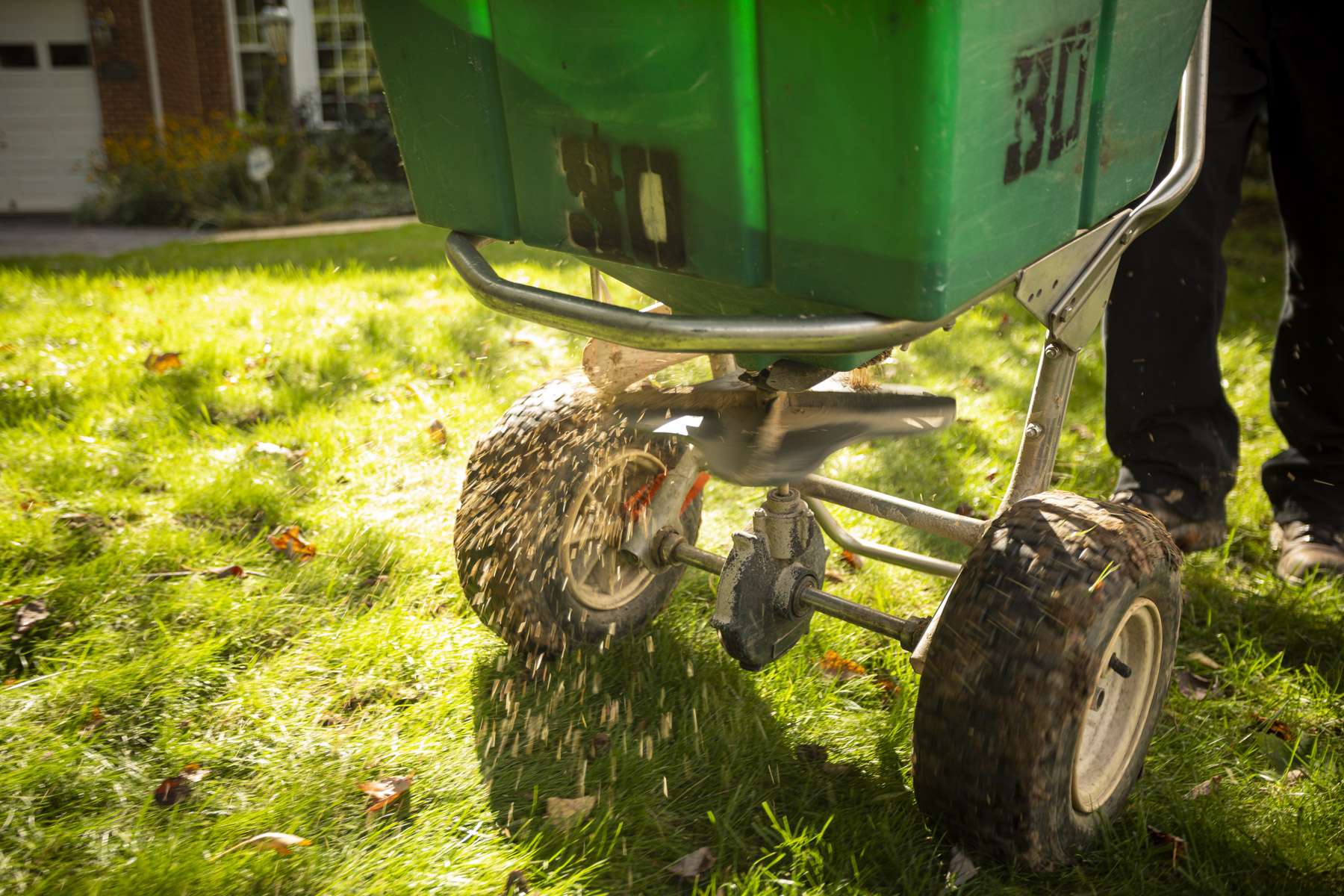

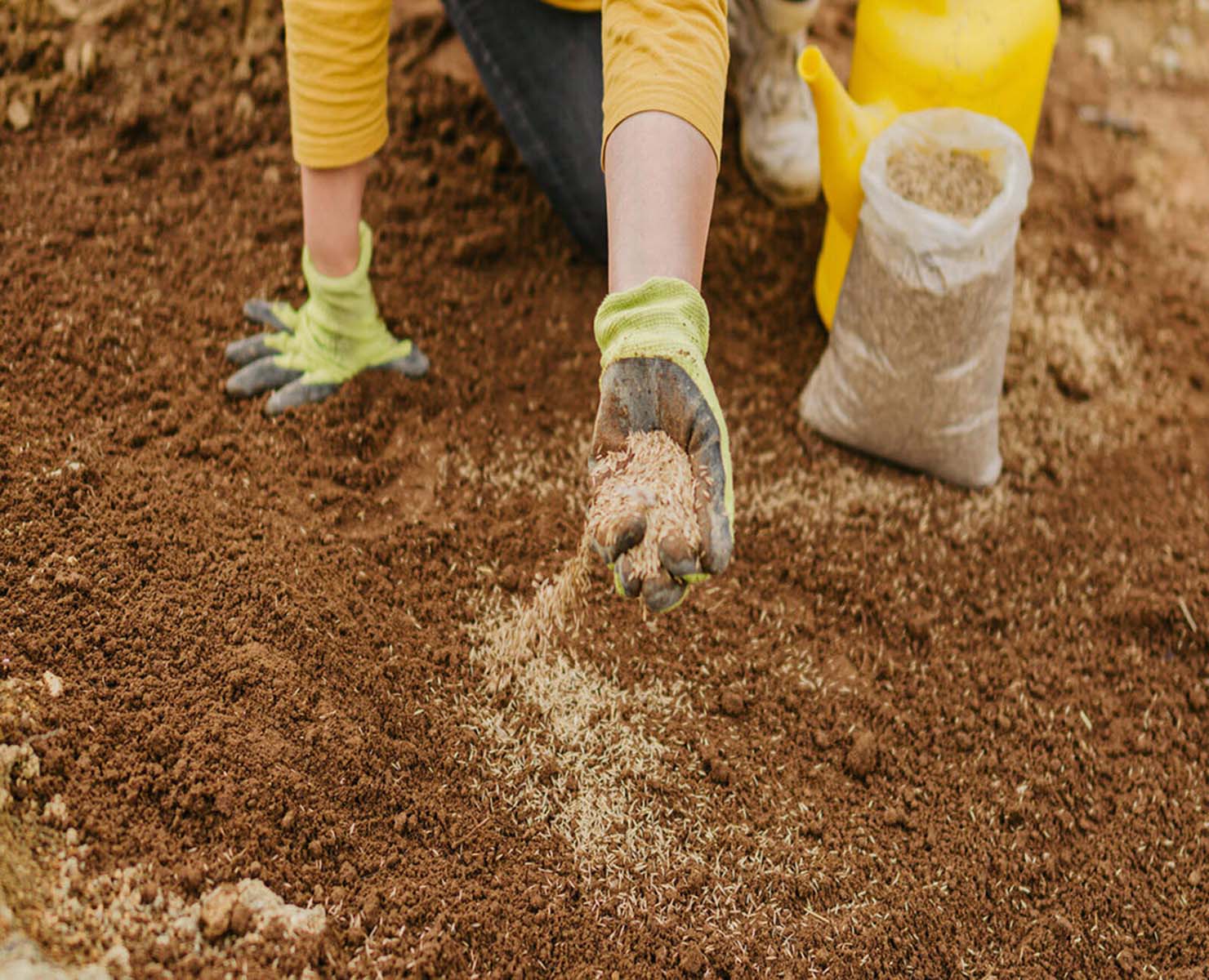
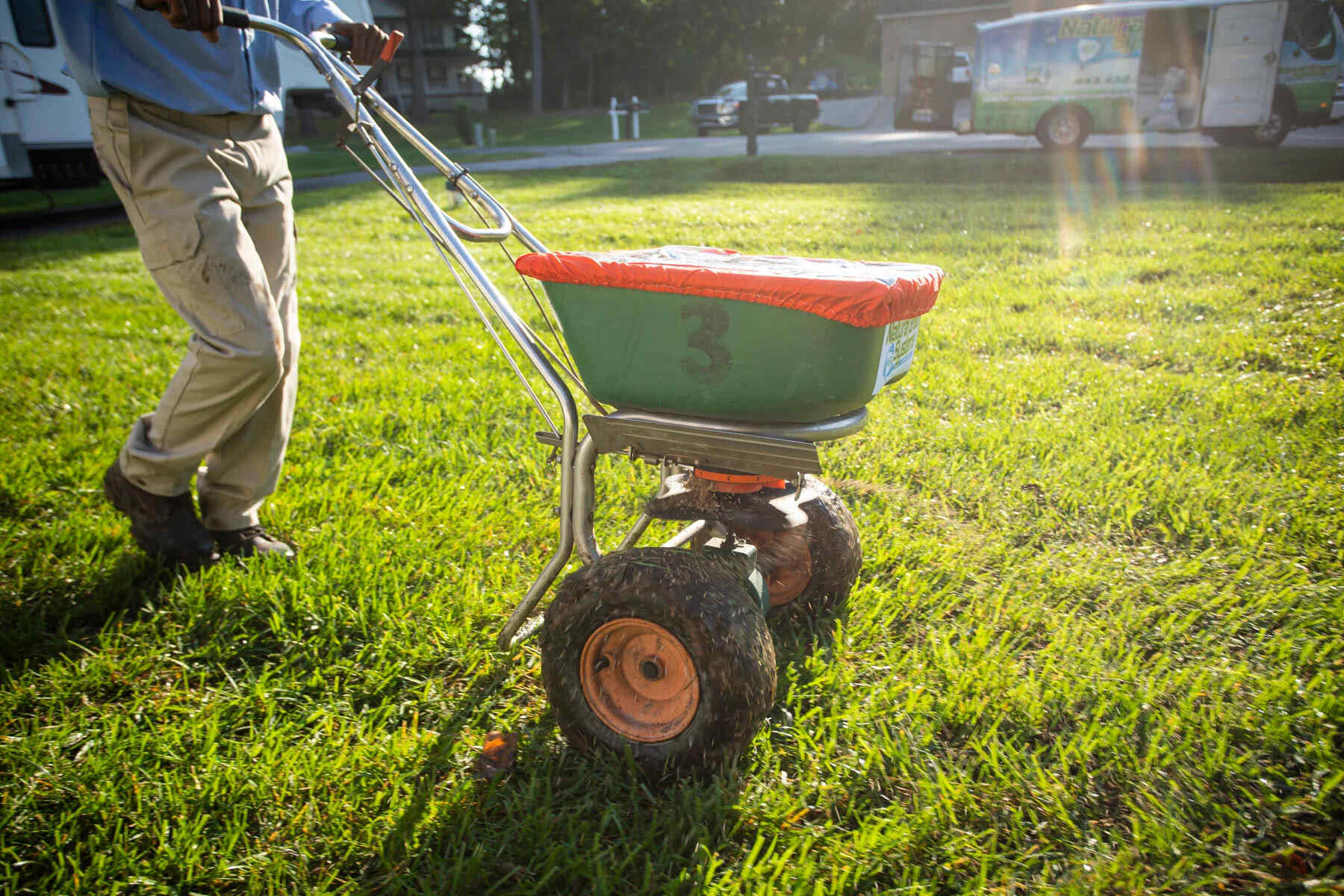
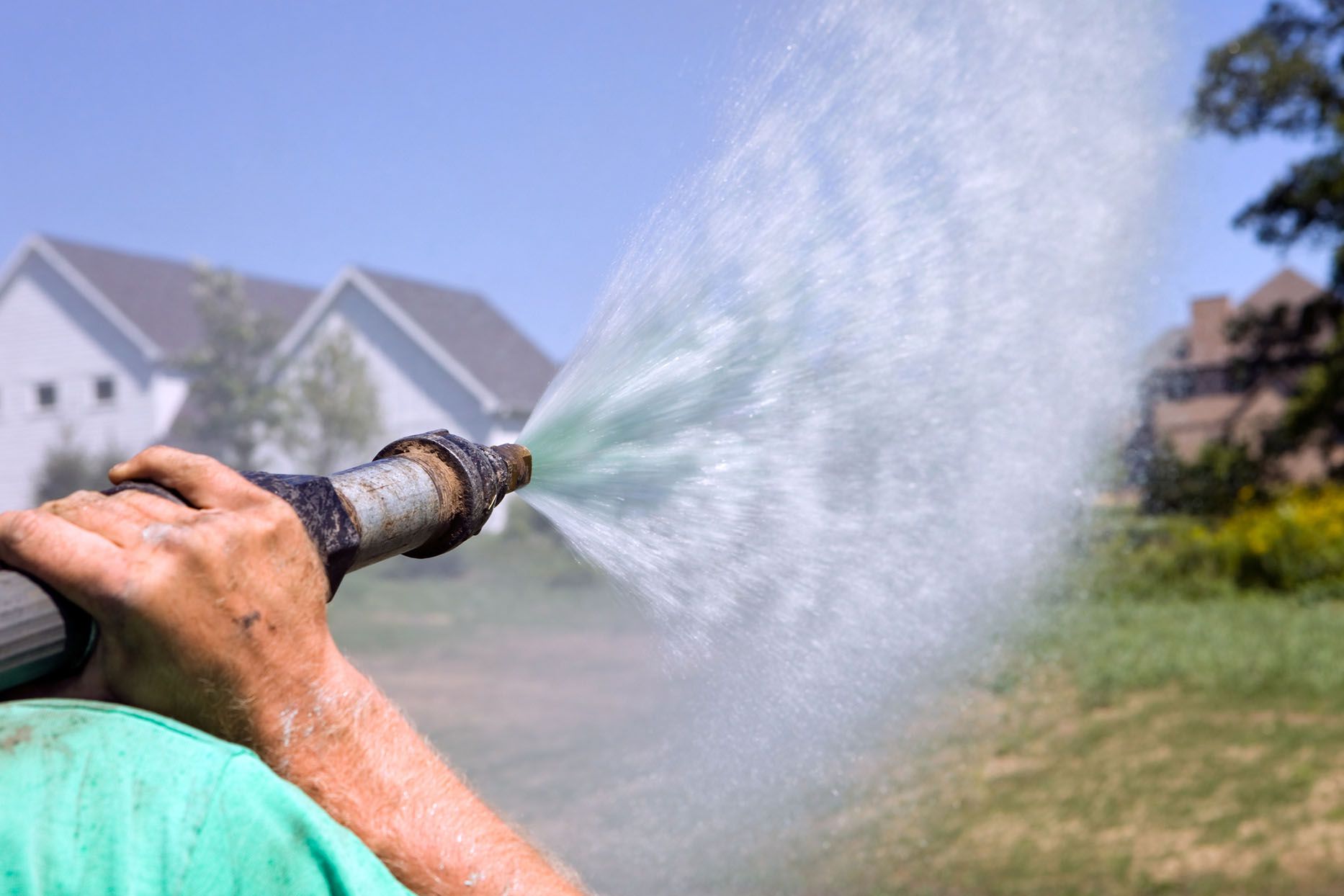
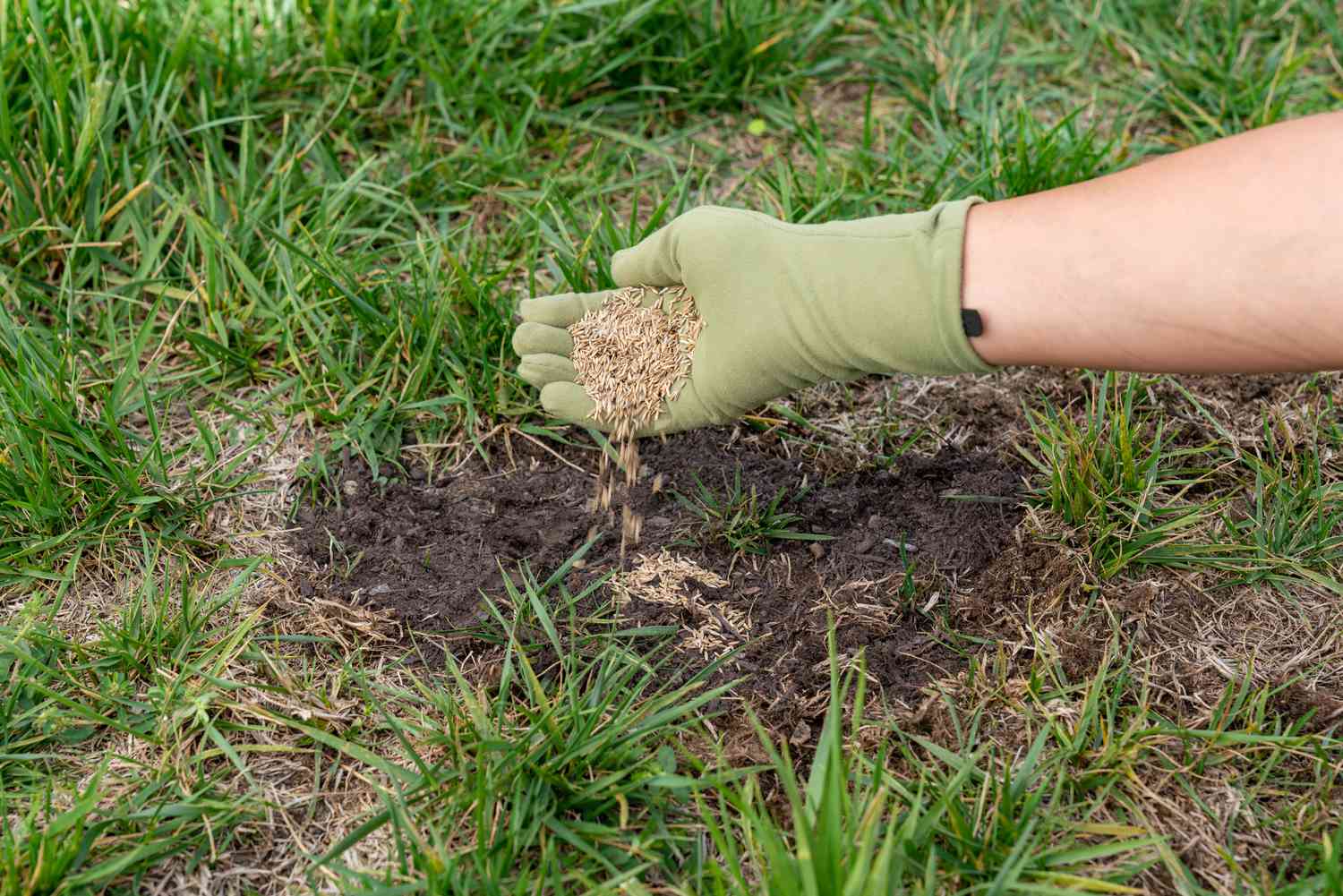
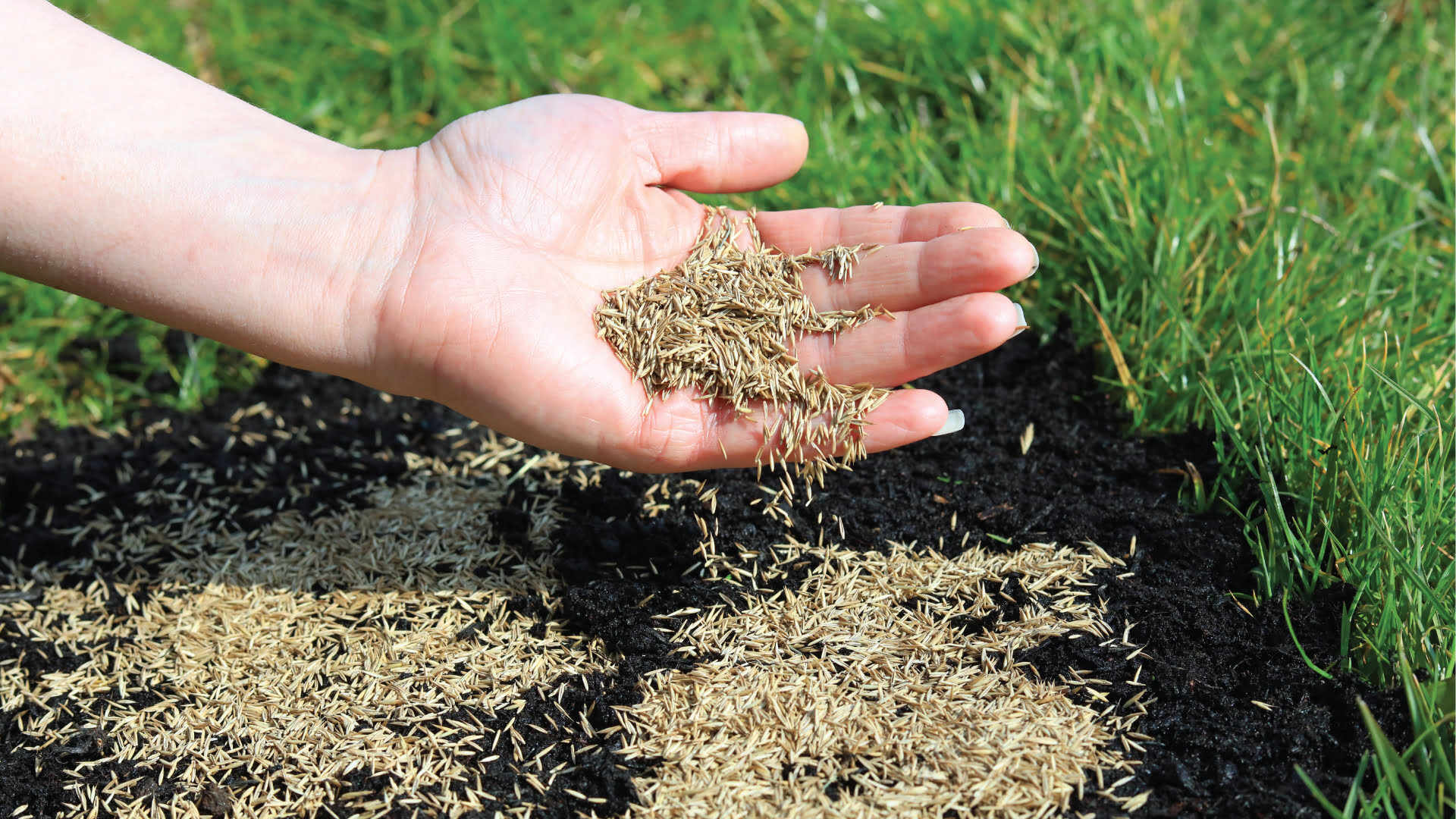
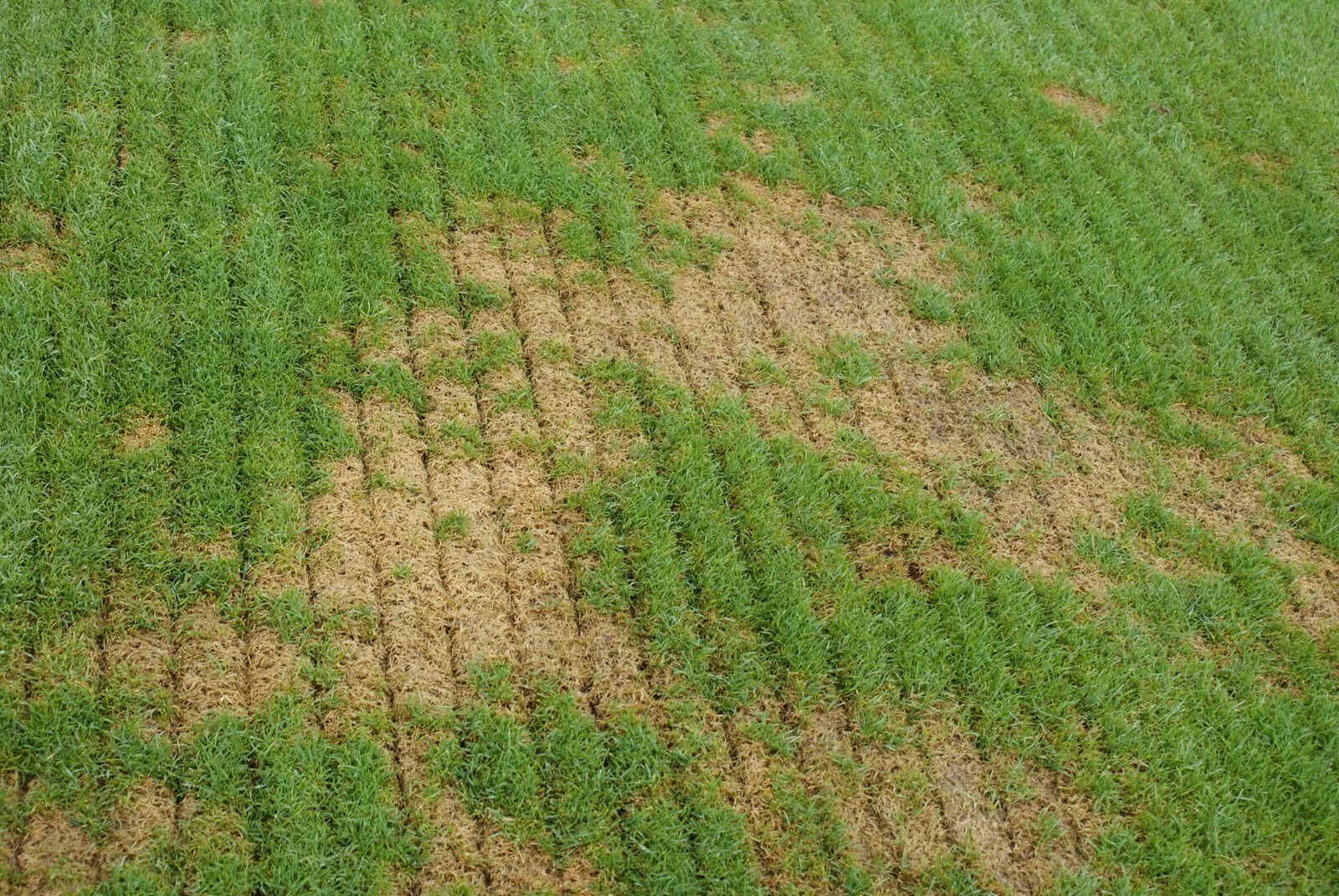
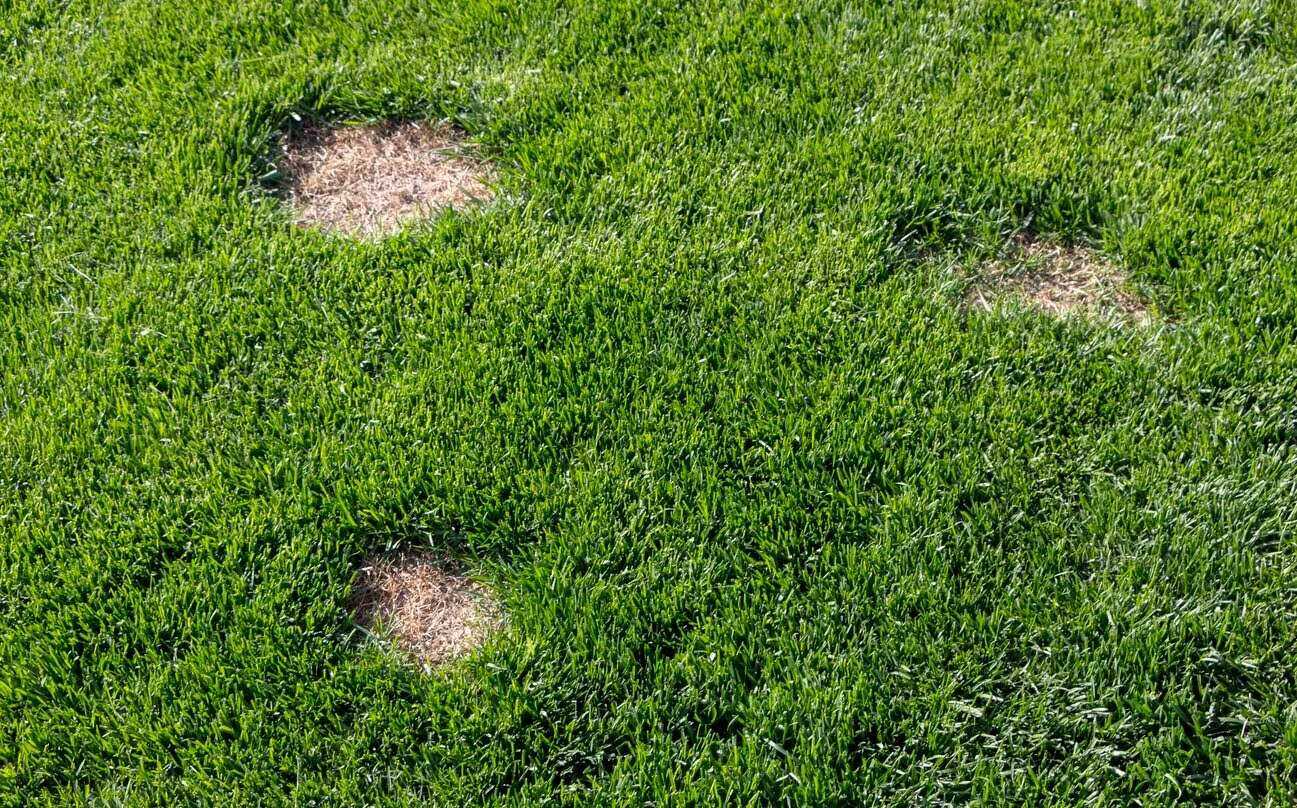
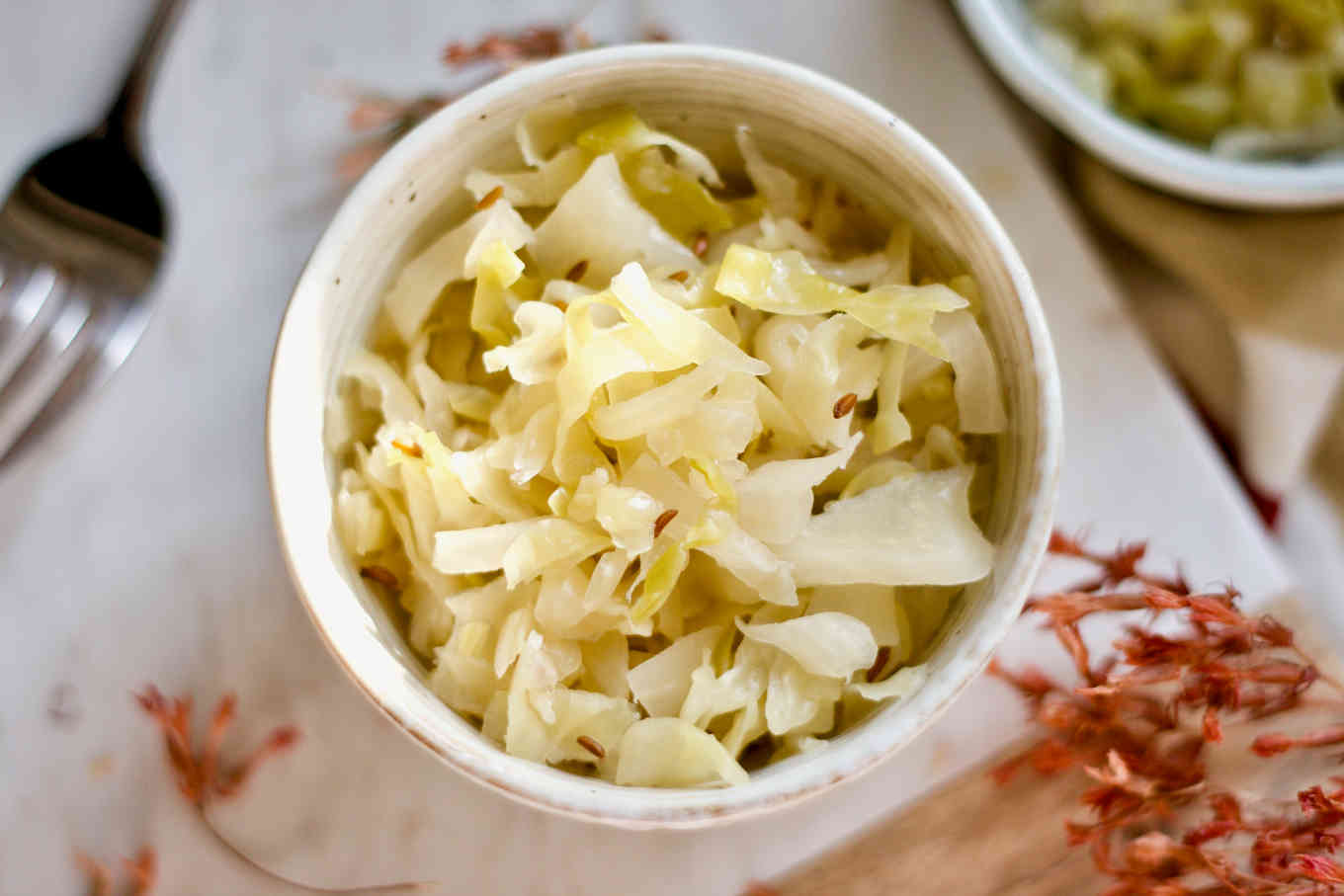

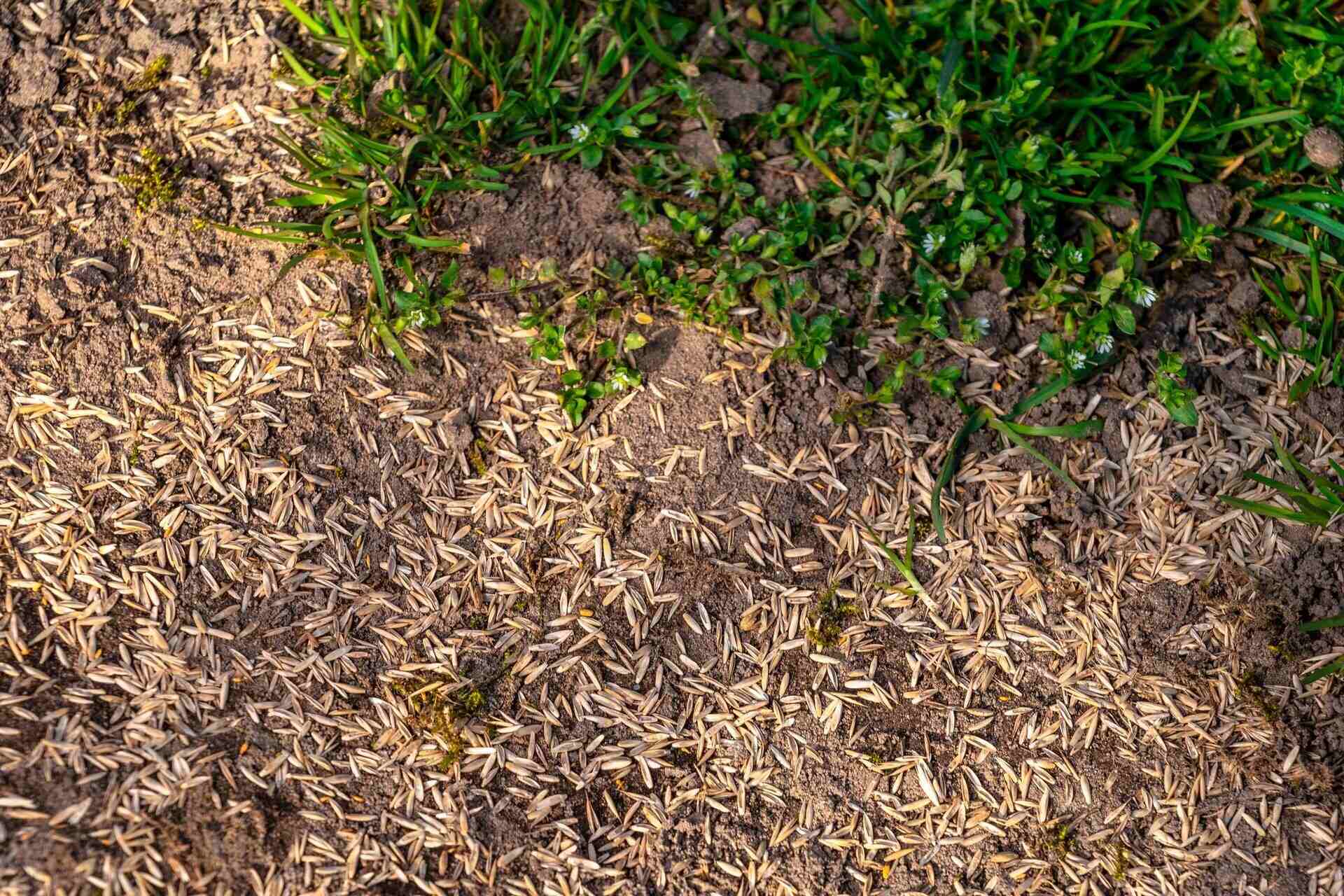
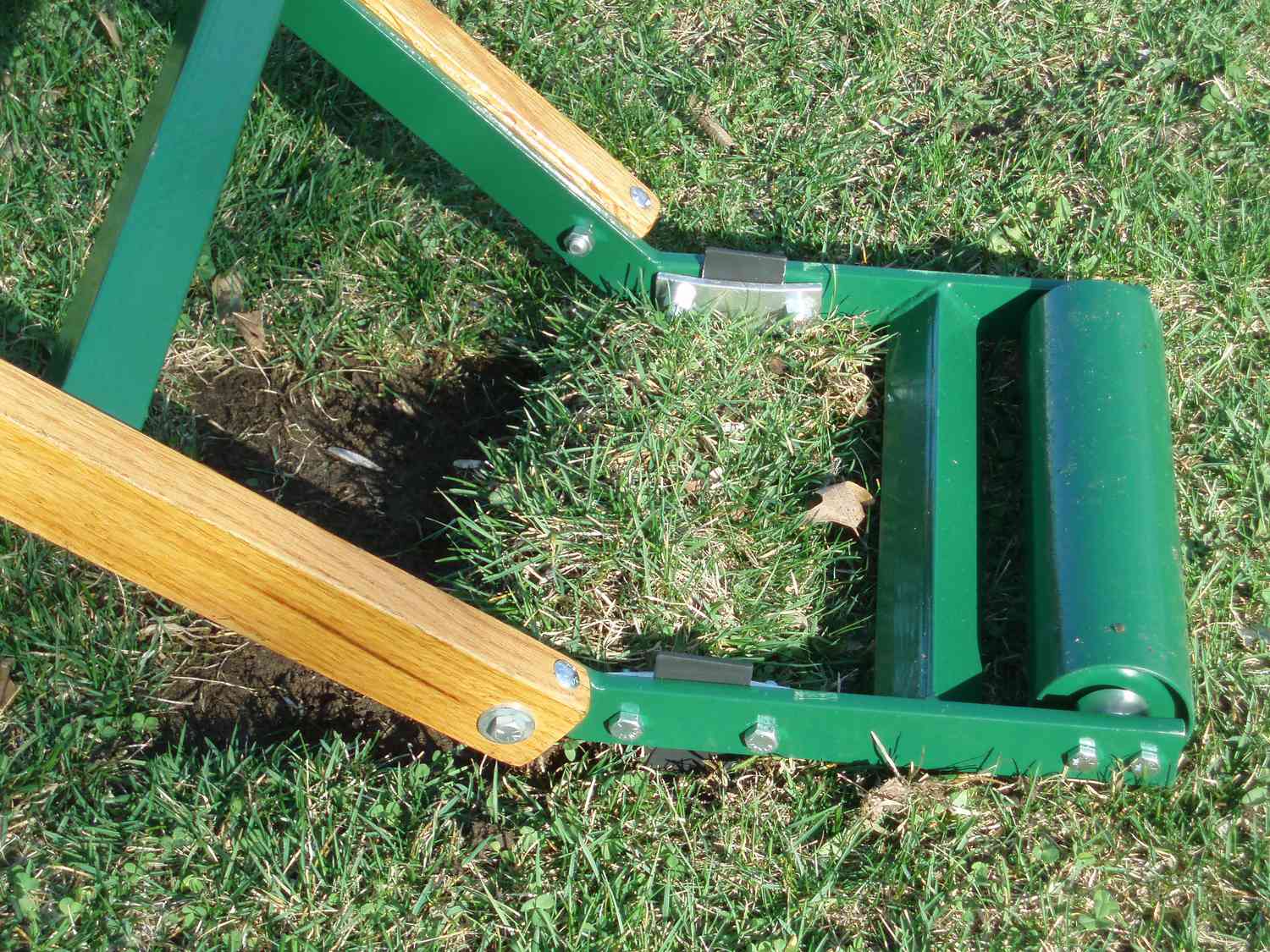
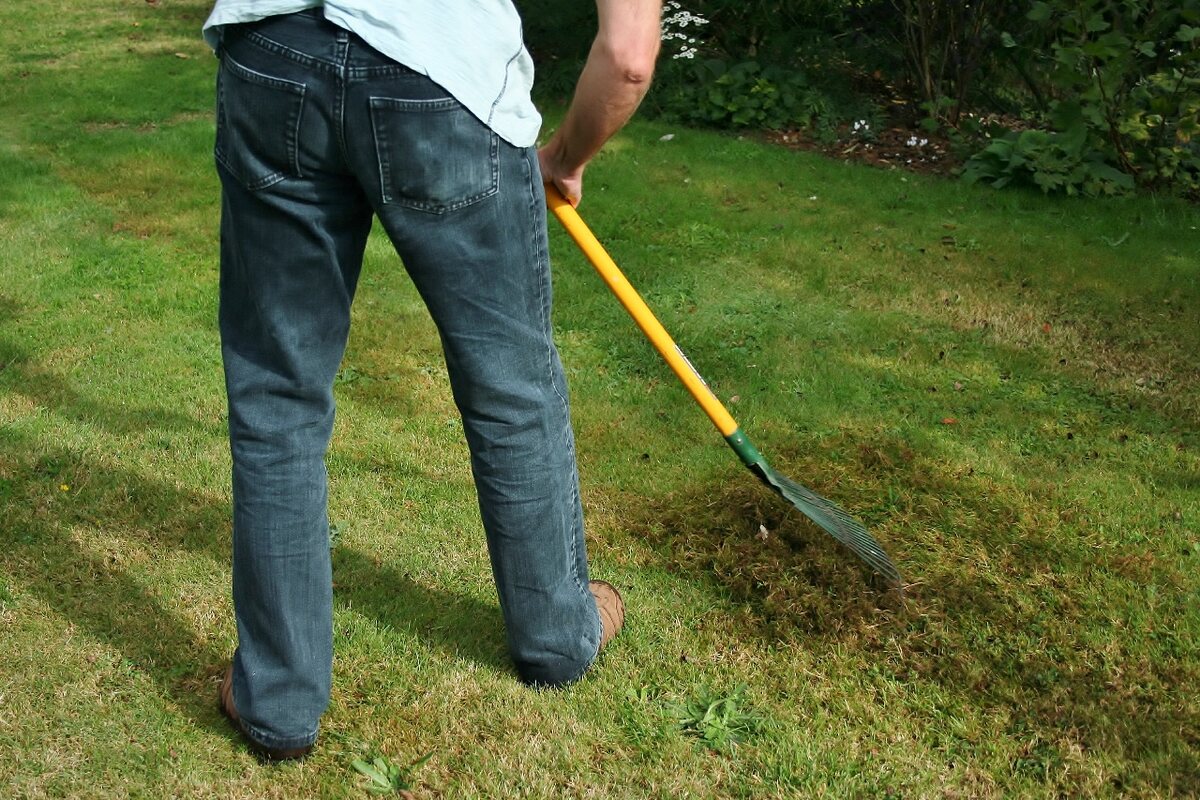

0 thoughts on “How To Add Grass Seed To Lawn”